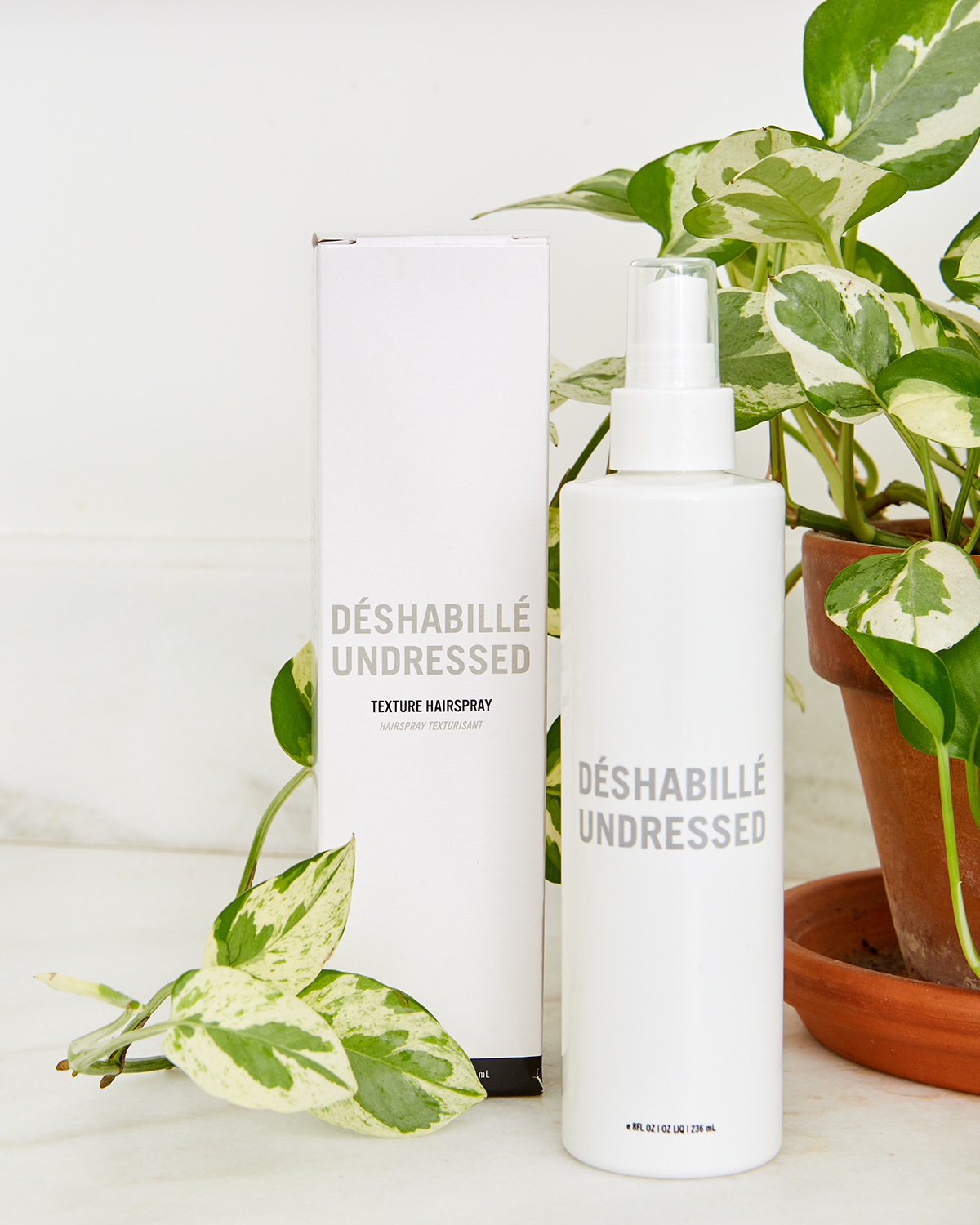What Does a Sea Salt Spray Do & Does it Work?
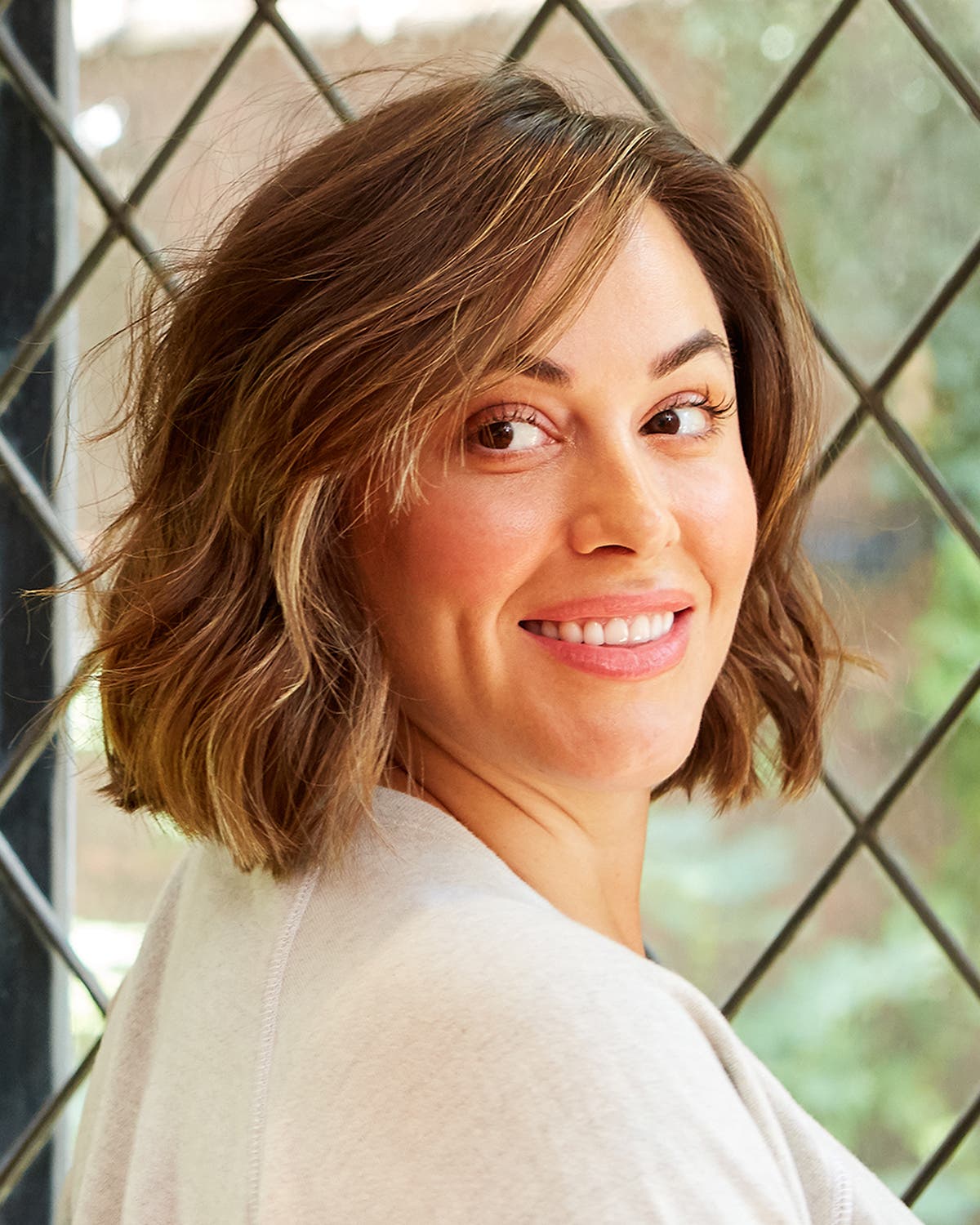
Sea salt sprays are the rare opportunity for product makers to talk about a mood as much as a professional styling product. The beach and the ocean beyond it spawn potent emotions – from childhood nostalgia to swooning romance – and capturing the surfside experience in a bottle has created tsunamis of sales.
What Does Sea Salt Spray Do?
Most of the sea salt spray formulas out there are versatile and easy ways to refresh for ‘second-day’ hair; they absorb excess oil, create separation, beachy texture, and volume, and as a rule, give hair a matte finish.
For people with wavy hair, salt sprays are a surefire way to enhance waves, and to create some for those without. Fine-haired folks depend on salt sprays for extra volume, and those salt crystals do something sublime to give silver hair extra sparkle. It remains one of the best products for thinning hair because it adds volume to give the appearance of greater density.
Looking for the perfect beach hair or a new hairstyle? Well you came to the right place.

The first generation of sea salt sprays came to market at the end of the 1990s, and soon a salt-infused spray bottle became a styling staple forming the foundation of most hair product lines. Why? Experiential memory is potent, but practically speaking, few styling products are so foolproof so quickly or used so easily with such a pronounced effect on texture and volume. Unlike products that contain oils, waxes, or polymers, how much one can use at one time isn’t limited; in other words, going overboard is hard to do. Find out how to use a sea salt texturizing spray with your hair type below!
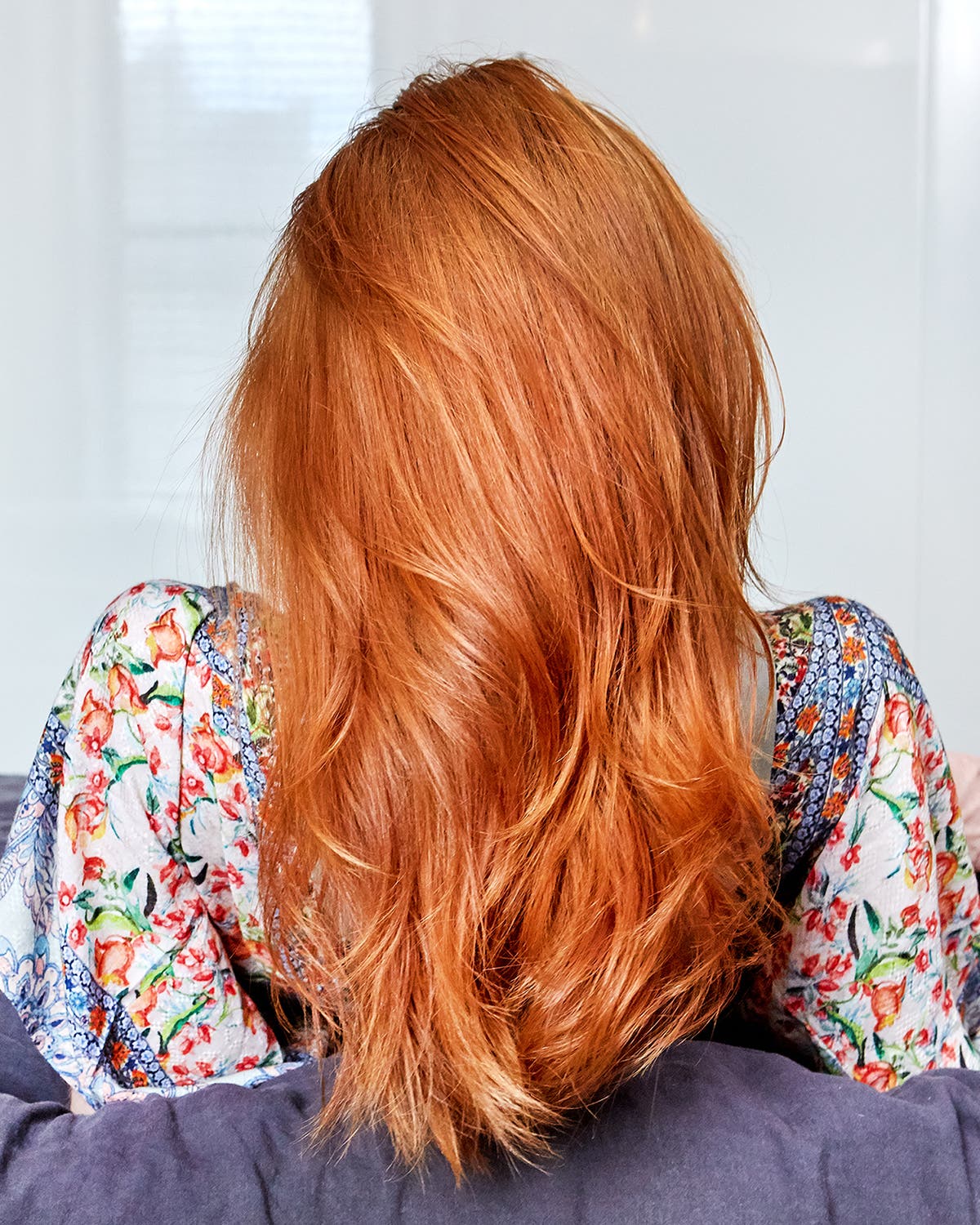
Is Salt Spray Drying?
Achieving those beachy waves isn’t always a smooth ride. Because water molecules are attracted to salt, texturizing sprays will pull the moisture right out of hair – even salt from the sea itself takes a toll on surfers – and hair begins to look more shipwrecked than seaworthy. If a sea spray is also formulated with the wrong kind of alcohol – not all forms are drying – you could be in for a dry season. Combat this drying effect with a sulfate-free shampoo to keep your hair healthy and happy.
The most common salt spray gripe is the tendency to make thick or fine hair sticky and stiff when what you really want is grip, not grit. And so begins the search for a texture spray solution with a more refined and kinder approach to achieve such a roughed-up aesthetic. To that end, some formulations swap the salt for sugar, or rice and wheat proteins to give hair the body people crave without sapping moisture.
Even salt from the sea itself takes a toll on surfers – and hair begins to look more shipwrecked than seaworthy.
If you have dry hair that’s prone to frizz, or your ends are fried, use sea salt with caution. That doesn’t mean never; just keep the word “moderation” in mind.
Hairstory Undressed is in the newest wave of texture sprays. Its salt-free formula uses Quinoa, Wheat protein, and silk instead. With Aloe leaf juice and other moisturizers, it helps avoid that drying effect we all fear, gives some lift and body, and brings out natural waves if you have them, and help create waves if you don’t. To create texture, try braiding or twisting your hair and letting it dry or blast it with a blow-dryer before adding your texturizing spray.
When Should I Apply Sea Salt Spray?
Sea salt spray can be applied to damp or dry hair. It actually works well on unwashed hair, too as your natural oils give it something to grip onto, and you might have a head start on texture. If you learn how to use dry shampoo to add volume to your hair, you can try adding that before the sea salt spray to give your roots a lift!
Spritz through damp hair before using a blow dryer or air-drying. You can also use it on hair when it is dry, but make sure it’s the last step in your styling process.
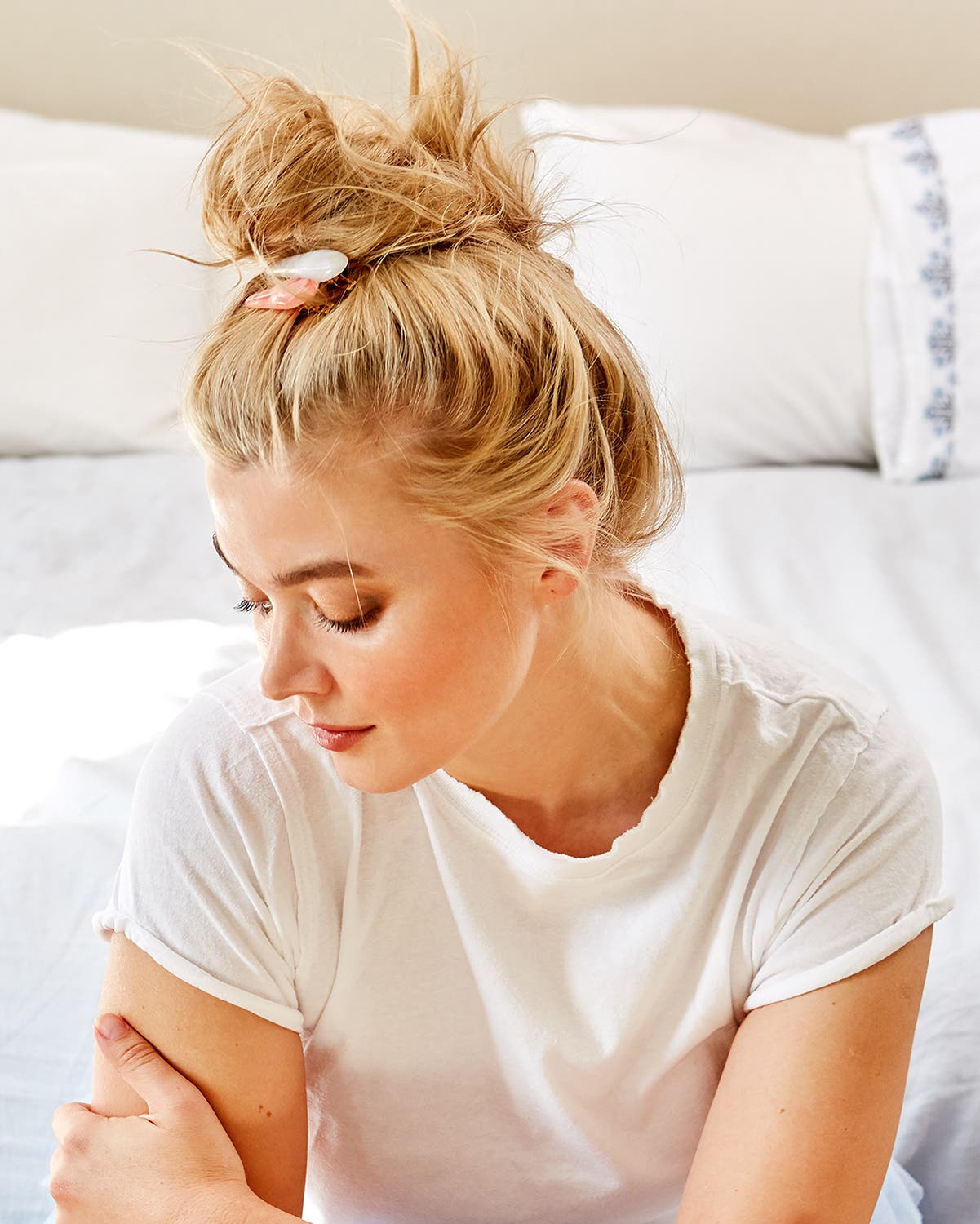
How Do I Use Sea Salt Spray and How Much?
The amount of sea salt spray you need depends on your length, your texture, and the effect you’re after. Fine hair, may only need a few spritzes while longer, thicker hair can stand quite a lot – don’t be scared if you have thick hair, our product promises a matte finish that will last you all day. Your best bet is to start sparingly and add layers gradually to see how much your hair type will bear. As it sinks in, you will learn how to get voluminous hair with successive applications.
What Else Does Sea Salt Spray Do?
Sea salt spray can breathe life back into unwashed hair by countering some of the oil and giving you an extra day of good style between washes – though it can’t compete with dry shampoos due to the superior absorptive abilities of dry granules of grains or clay they typically contain.
Sea salt spray has a summer vibe and a maritime mood, but the causal texture it creates is every bit as chic when the days grow wintery and you’re miles from an ocean.
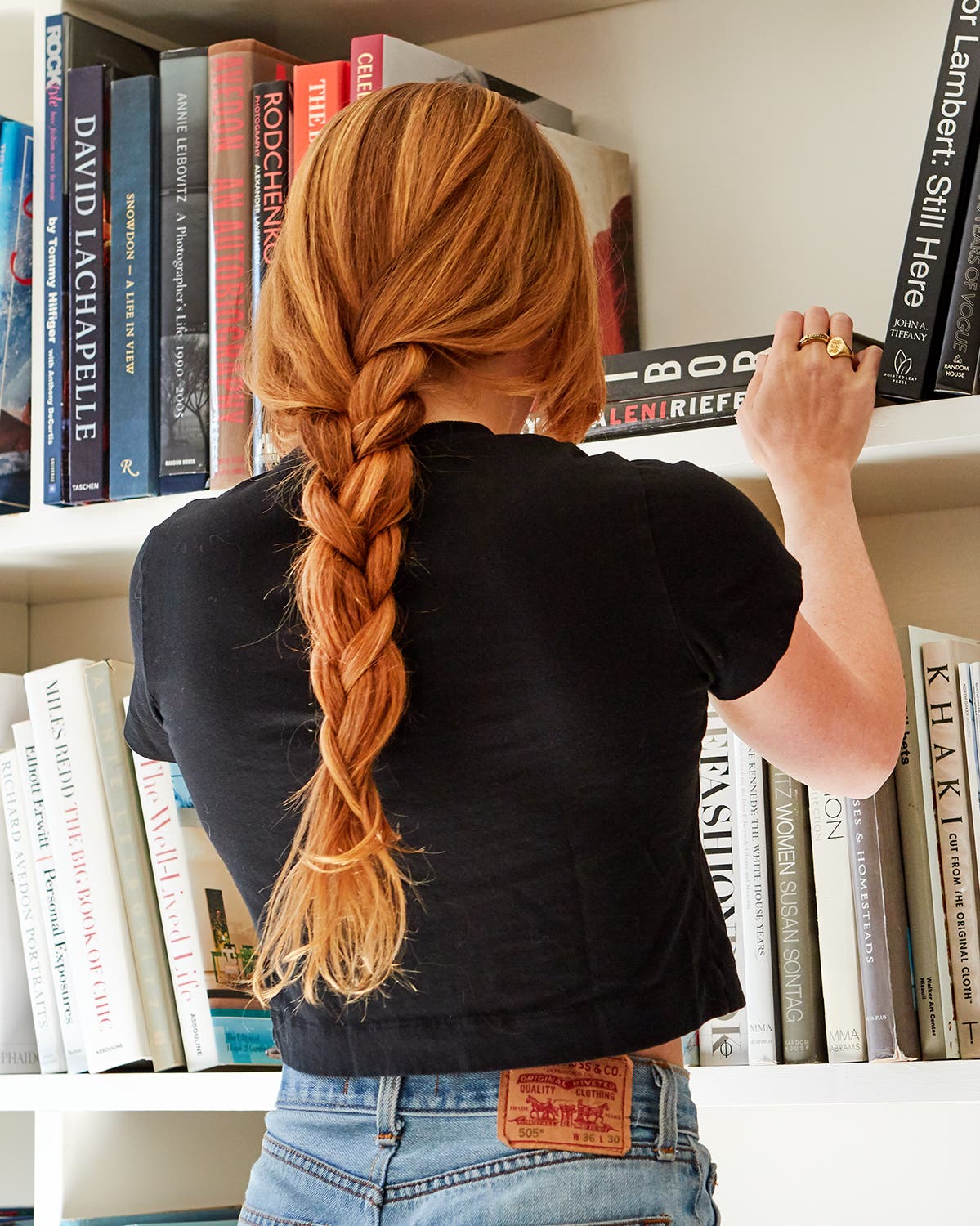
You can also use sea salt spray to give braids and updos a more casual and beachy texture:
- Lightly spritz over the braids and massage into the hair for an 'undone' look.
- Create some waves by saturating hair with your spray and loosely braiding or twisting it and unraveling it once dry (with time, or a boost from a blow-dryer with a diffuser).
- Using salt spray on hair that’s been curled with a hot tool and heat protectant spray to “break down” the curls into more natural-looking waves.
If you’re wondering, “Does heat protectant spray work?” The answer is yes, it will protect your hair from future damage heat tools can cause with excessive use. - If things get a little too salty, reach for a leave-in conditioner to help restore your hair’s natural moisture balance.
If you’re wondering, “What is leave-in conditioner?” It’s the product that is made to keep your hair healthy and repair damage. It’s your saving grace.
Sea salt spray has a summer vibe and a maritime mood, but the causal texture it creates is every bit as chic when the days grow wintery and you’re miles from an ocean. And to prove the point, we recommend you try Hairstory Undressed, a refined, salt-free formula that speaks to the beauty of natural, casual texture – that most people do not “just wake up with.”
Take it from Hairdresser, Jehnna Mahoney, who uses this technique: “I use a flat brush and twirl it to give a little bit of texture, and then I spray a little Undressed in after it’s dry and twist it into a bun or braid it, and let it sit while I do makeup. Then I take it out, spray a little more in and it’s good to go.”


